Home>Construction & Tools>Building Materials>How To Deter Woodpeckers From Stucco
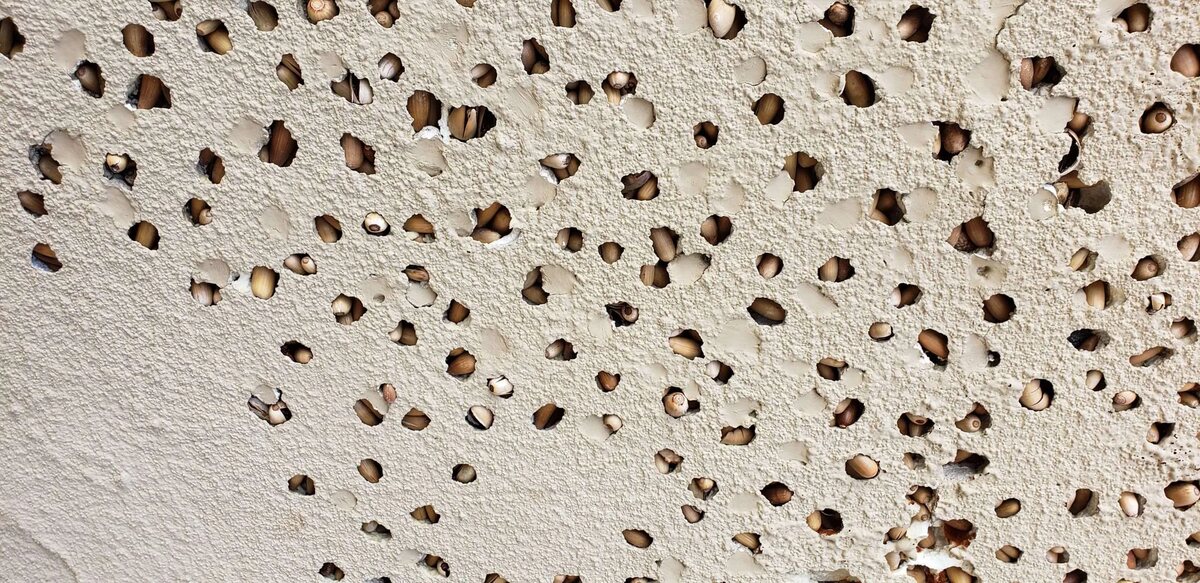

Building Materials
How To Deter Woodpeckers From Stucco
Published: January 17, 2024
Learn effective techniques for deterring woodpeckers from damaging stucco exteriors. Protect your building materials with these proven strategies.
(Many of the links in this article redirect to a specific reviewed product. Your purchase of these products through affiliate links helps to generate commission for Storables.com, at no extra cost. Learn more)
Introduction
Welcome to the world of stucco, a durable and versatile building material known for its aesthetic appeal and weather-resistant properties. However, despite its numerous benefits, stucco can sometimes fall victim to the persistent pecking of woodpeckers. These industrious birds can cause significant damage to stucco exteriors, leading to unsightly holes and potential structural issues.
In this comprehensive guide, we will delve into the behavior of woodpeckers, assess the damage they can inflict on stucco, identify effective deterrents, and explore techniques for implementing these solutions. By the end of this article, you will be equipped with the knowledge and strategies needed to protect your stucco surfaces from woodpecker damage.
Let's embark on this enlightening journey to safeguard your stucco and preserve the beauty and integrity of your property.
Key Takeaways:
- Protect your stucco from woodpecker damage by understanding their behavior, assessing the damage, and implementing visual, acoustic, and physical deterrents.
- Safeguard your stucco surfaces from woodpecker pecking by strategically placing deterrents, applying repellent sprays, and monitoring for signs of woodpecker activity.
Read more: How To Deter Woodpeckers From Wood Siding
Understanding Woodpecker Behavior
Woodpeckers are fascinating and resourceful birds known for their distinctive behavior, including drumming on trees and buildings. While their rhythmic pecking may seem innocuous, it can pose a significant threat to stucco exteriors. Understanding the reasons behind this behavior is crucial in devising effective deterrent strategies.
Woodpeckers engage in drumming and pecking for various reasons, which may include:
- Communication: Woodpeckers use drumming as a form of communication to establish territories, attract mates, and convey warnings to other birds.
- Foraging: These birds peck at surfaces to uncover insects and larvae residing within the wood or stucco, serving as a vital food source.
- Nesting: Woodpeckers may excavate cavities in stucco or wood to create nesting sites, leading to structural damage and unsightly holes.
It’s important to recognize that woodpeckers are persistent creatures, and once they identify a suitable pecking site, they are likely to return unless effective deterrent measures are implemented.
Moreover, woodpeckers are attracted to stucco for reasons such as the presence of insects, the resonance of the material, or simply as a potential nesting location. By understanding these motivations, homeowners and property managers can proactively address woodpecker activity and protect their stucco surfaces from further harm.
Now that we have gained insights into woodpecker behavior, let’s proceed to assess the damage they can inflict on stucco exteriors.
Assessing the Damage
Woodpeckers, with their relentless pecking and drilling, can cause a range of issues that compromise the integrity and aesthetics of stucco exteriors. It’s essential to carefully assess the extent of the damage to determine the most appropriate course of action. Common signs of woodpecker damage to stucco include:
- Pecking Holes: Woodpeckers create distinct, conical holes in stucco as they search for insects or establish nesting sites. These holes not only detract from the visual appeal of the stucco but also leave it vulnerable to moisture intrusion and further deterioration.
- Surface Fractures: The force of woodpecker pecking can lead to cracks and fractures in the stucco, compromising its structural integrity and weather resistance.
- Debris Accumulation: As woodpeckers excavate stucco, debris and fragments may accumulate around the base of the structure, indicating ongoing activity and potential damage.
By conducting a thorough assessment of the damage, property owners can gain valuable insights into the specific areas of concern and the urgency of implementing deterrent measures. It’s important to address woodpecker damage promptly to prevent further deterioration and maintain the longevity of the stucco surfaces.
Now that we have evaluated the impact of woodpecker activity on stucco exteriors, let’s move on to identifying the best deterrents to protect these surfaces from future harm.
Cover the affected area with a physical barrier like netting or hardware cloth to prevent woodpeckers from pecking at the stucco. This will deter them from causing further damage.
Identifying the Best Deterrents
Effectively deterring woodpeckers from targeting stucco exteriors requires a strategic approach that addresses the birds’ behavior and motivations. Fortunately, several proven deterrents can help mitigate woodpecker activity and safeguard stucco surfaces. Some of the most effective deterrents include:
- Visual Deterrents: Installing reflective objects, such as metallic wind spinners or strips of reflective tape, near the affected areas can create visual disturbances that deter woodpeckers. These reflective surfaces can disorient the birds and discourage them from pecking at the stucco.
- Acoustic Deterrents: Utilizing sound-based deterrents, such as ultrasonic devices or wind chimes, can create auditory disturbances that disrupt woodpecker activity. These devices emit high-frequency sounds that are unpleasant to woodpeckers, prompting them to seek quieter environments.
- Physical Barriers: Installing hardware cloth or mesh netting over vulnerable areas of the stucco can create a protective barrier, preventing woodpeckers from accessing the surface and causing further damage.
- Repellent Sprays: Applying non-toxic woodpecker repellent sprays to the affected areas can create an aversive scent or taste that deters woodpeckers from pecking at the stucco.
When selecting deterrents, it’s important to consider their long-term effectiveness, environmental impact, and compatibility with the stucco material. By combining multiple deterrent methods, property owners can create a comprehensive defense system that discourages woodpeckers and preserves the integrity of their stucco exteriors.
Now that we have identified effective deterrents, let’s explore techniques for implementing these solutions to protect stucco surfaces from woodpecker damage.
Implementing Deterrent Techniques
Implementing effective deterrent techniques is essential for mitigating woodpecker activity and safeguarding stucco surfaces. By combining various strategies, property owners can create a comprehensive defense system that discourages woodpeckers from targeting their exteriors. Here are practical techniques for implementing deterrents:
- Strategic Placement: Position visual deterrents, such as reflective objects and wind spinners, in key locations near the affected areas of the stucco. Ensure that these deterrents create a visual barrier that disrupts woodpecker behavior.
- Acoustic Devices: Install ultrasonic devices or wind chimes in proximity to the stucco to emit sound-based deterrents. Carefully follow the manufacturer’s instructions for optimal placement and usage of these devices.
- Physical Barriers: Secure hardware cloth or mesh netting over vulnerable sections of the stucco, ensuring a tight and durable installation that prevents woodpeckers from accessing the surface.
- Repellent Application: Apply woodpecker repellent sprays to the affected areas according to the product guidelines. Reapply the repellent as needed to maintain its effectiveness and deter woodpecker activity.
- Regular Monitoring: Continuously observe the stucco surfaces for any signs of woodpecker activity. Promptly address any new pecking attempts and reinforce the deterrent measures as necessary.
It’s important to approach deterrent implementation with persistence and adaptability, as woodpeckers may test the effectiveness of the measures over time. By consistently reinforcing the deterrent techniques and adjusting them as needed, property owners can effectively protect their stucco exteriors from woodpecker damage.
As we conclude our exploration of deterrent techniques, it’s evident that proactive and strategic measures can significantly mitigate woodpecker activity and preserve the integrity of stucco surfaces. Let’s summarize our insights in the concluding section.
Read more: How To Deter Wasps From A Patio
Conclusion
Throughout this comprehensive guide, we have delved into the intricate relationship between woodpeckers and stucco exteriors, exploring the nuances of woodpecker behavior, assessing the damage they can inflict, identifying effective deterrents, and implementing strategic techniques to protect stucco surfaces. By gaining a deeper understanding of these elements, property owners can effectively safeguard their stucco exteriors from woodpecker damage.
Woodpeckers, with their persistent pecking and drilling, pose a unique challenge to stucco surfaces, potentially compromising their structural integrity and visual appeal. However, through the strategic deployment of visual, acoustic, and physical deterrents, property owners can create an environment that dissuades woodpeckers from targeting their exteriors.
It’s important to approach woodpecker deterrence with a proactive mindset, continuously monitoring the stucco surfaces for signs of woodpecker activity and promptly reinforcing the deterrent measures as needed. By doing so, property owners can maintain the longevity and beauty of their stucco exteriors while preserving the natural habitats of woodpeckers.
As we conclude this enlightening journey, we hope that the insights and techniques shared in this guide empower you to protect your stucco surfaces from woodpecker damage. By integrating effective deterrent strategies and staying attuned to the behavior of these industrious birds, you can create a harmonious coexistence between woodpeckers and your stucco-clad property.
Thank you for joining us on this exploration of woodpecker deterrence and stucco preservation. May your stucco surfaces remain unblemished, and may the woodpeckers find abundant habitats in the natural world.
Frequently Asked Questions about How To Deter Woodpeckers From Stucco
Was this page helpful?
At Storables.com, we guarantee accurate and reliable information. Our content, validated by Expert Board Contributors, is crafted following stringent Editorial Policies. We're committed to providing you with well-researched, expert-backed insights for all your informational needs.
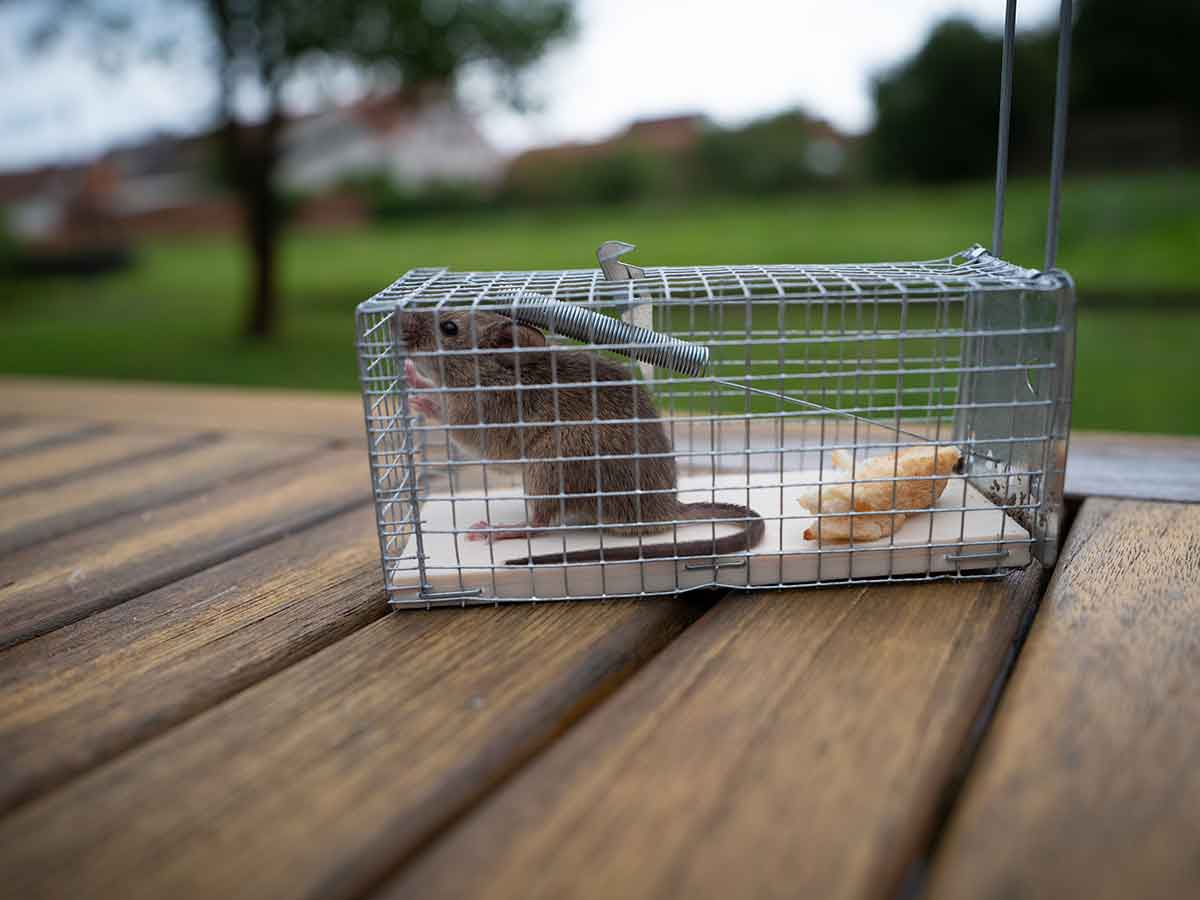
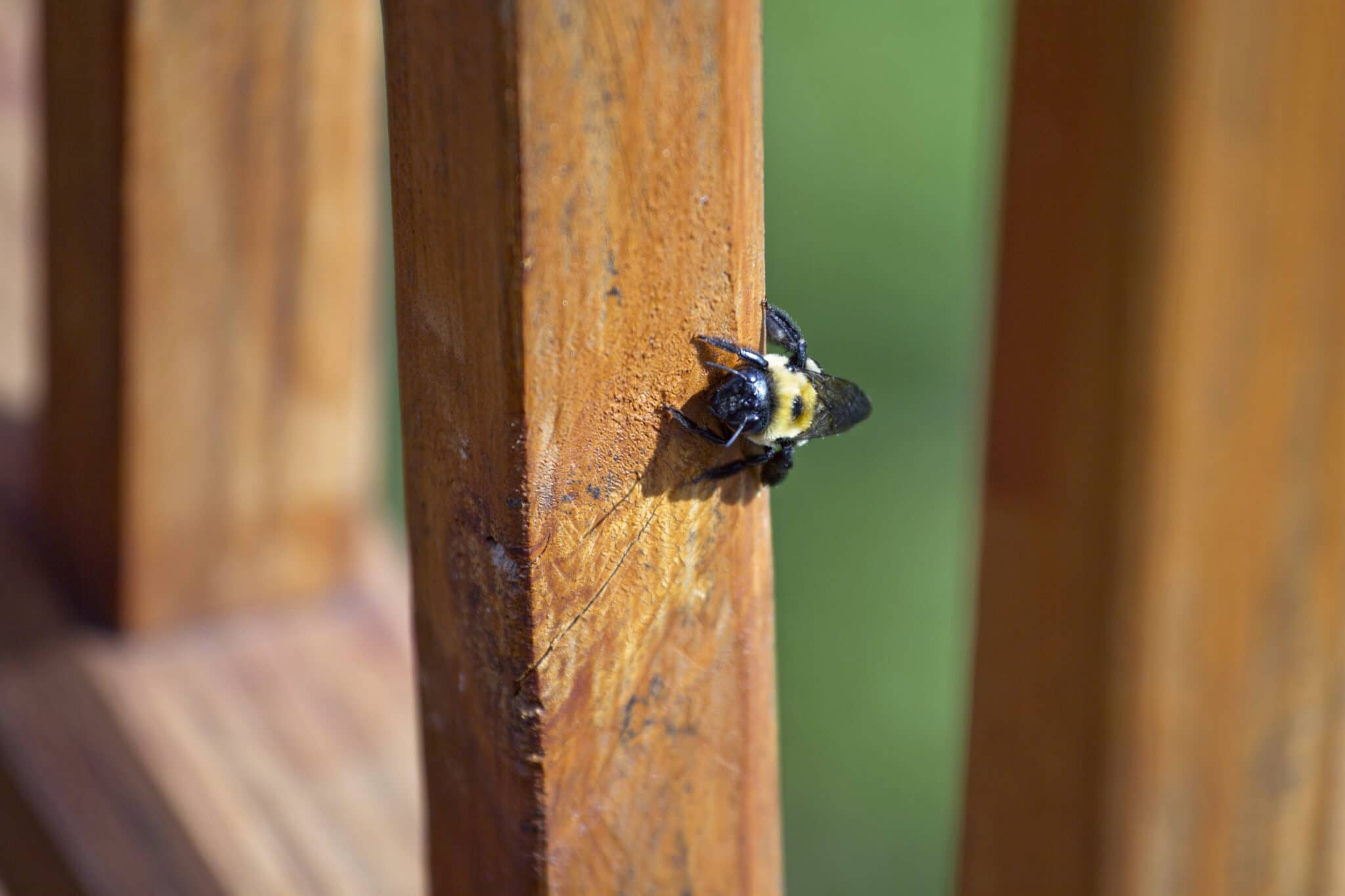
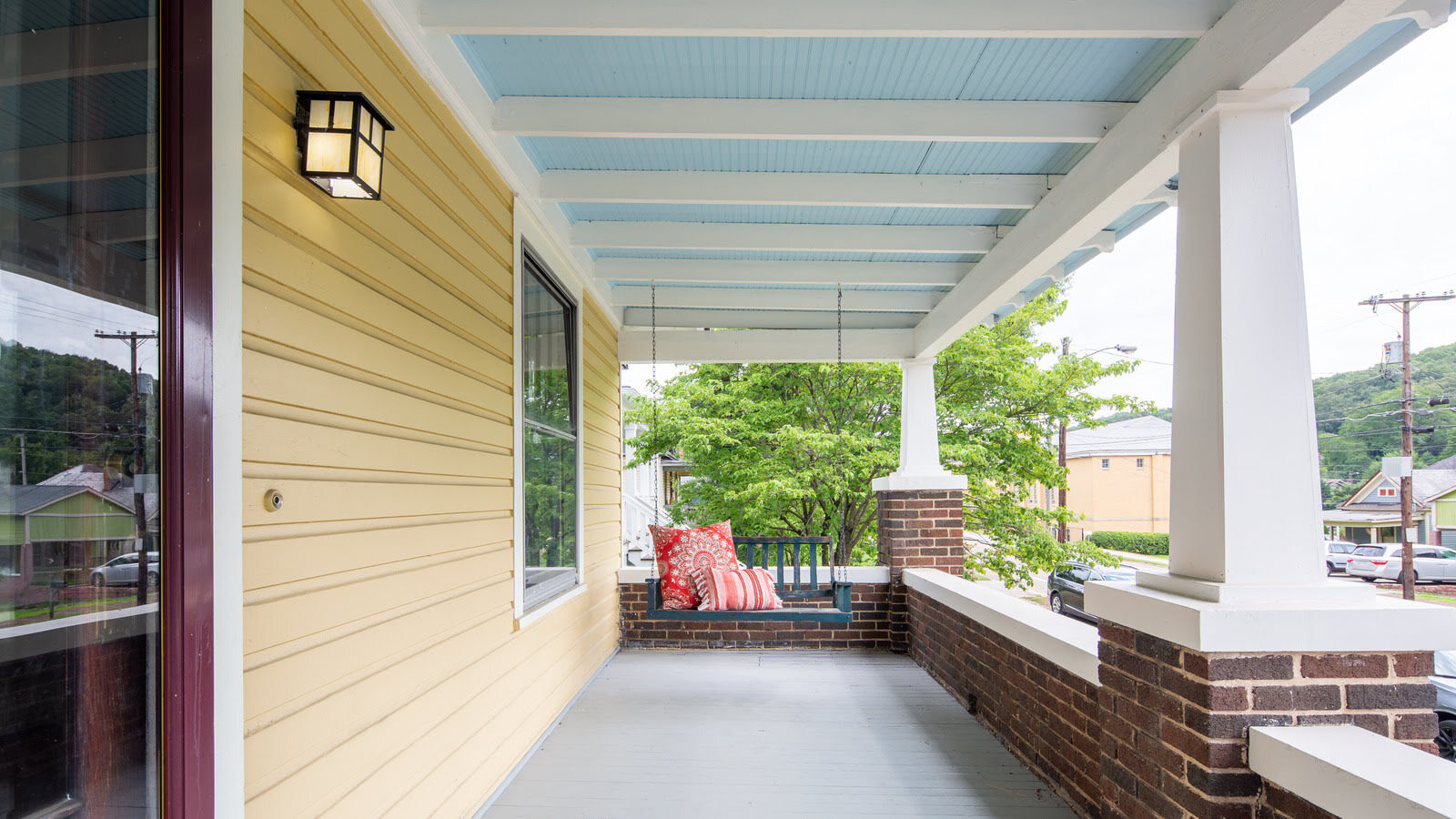
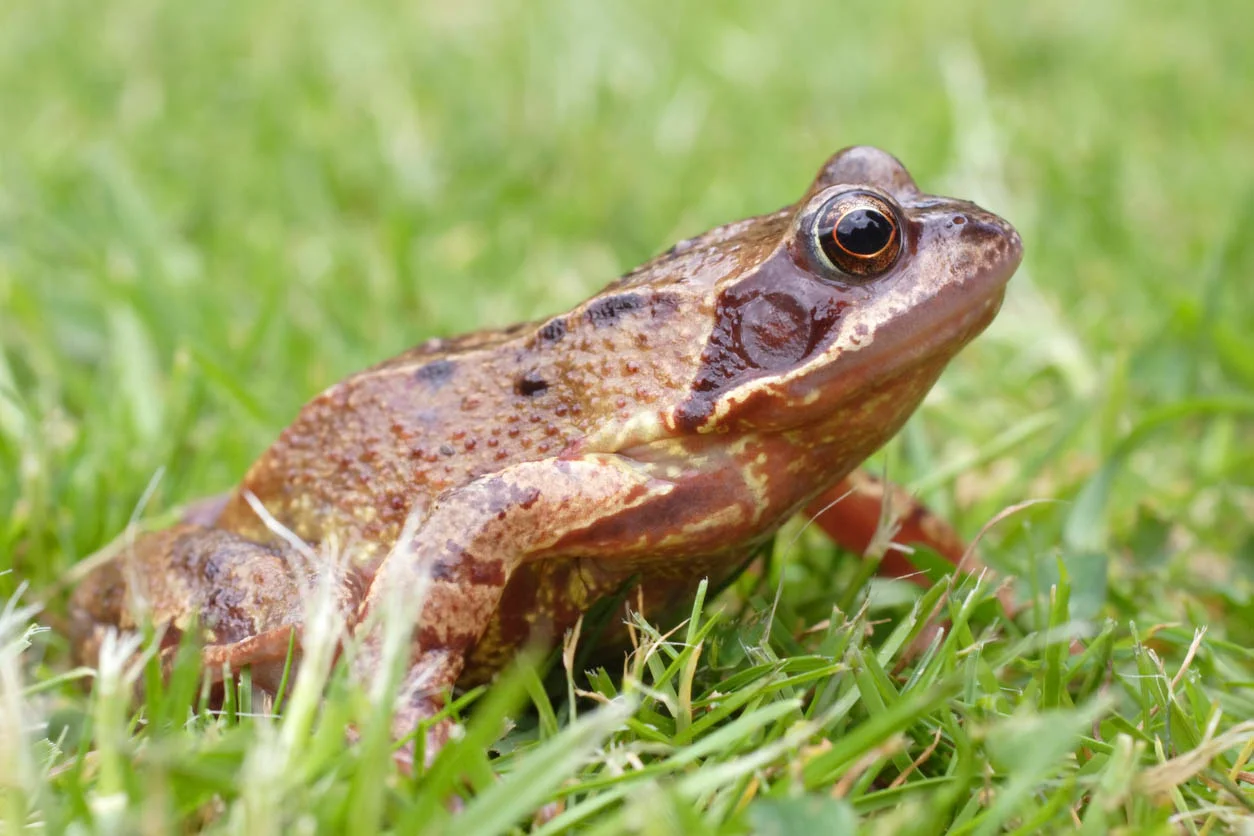
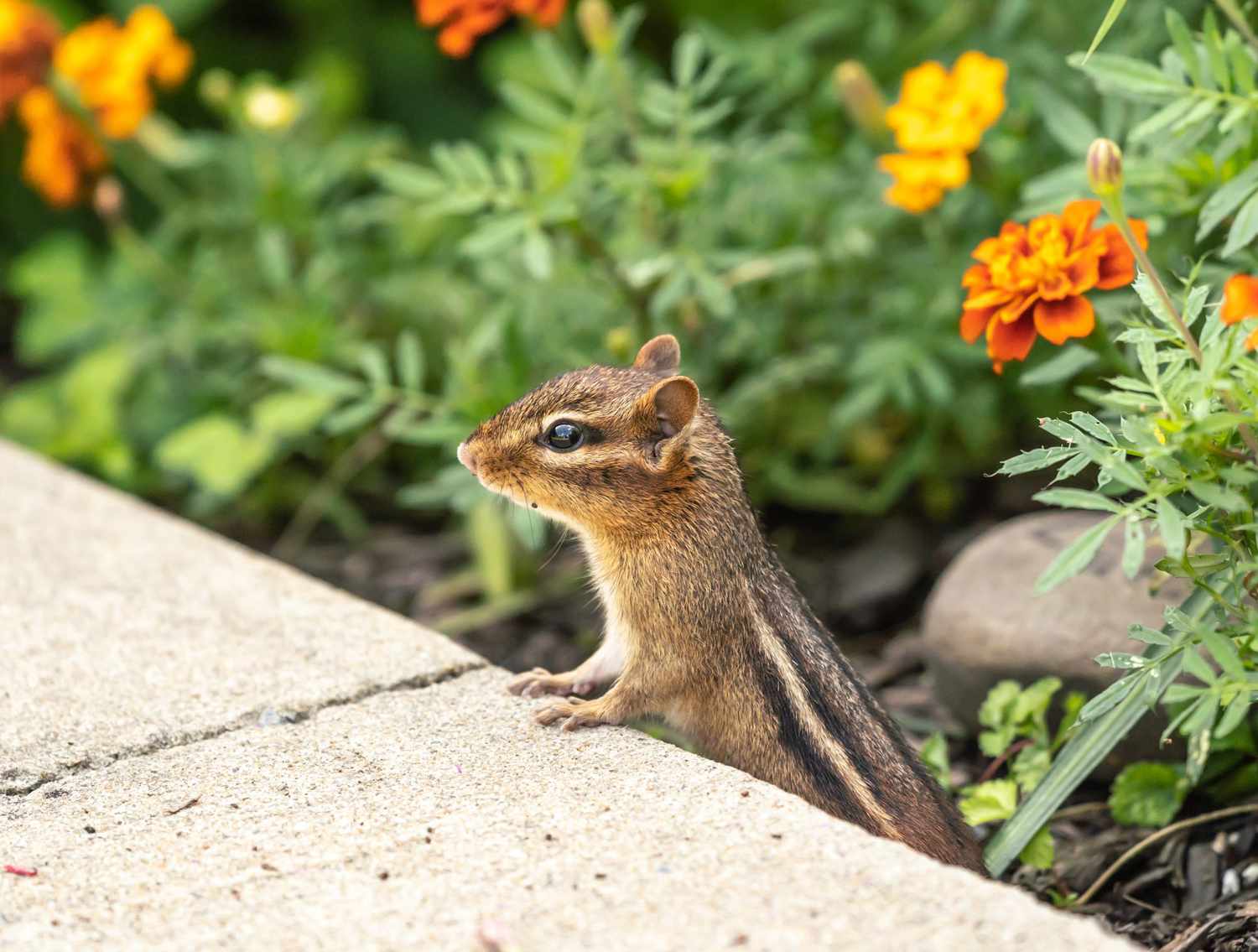
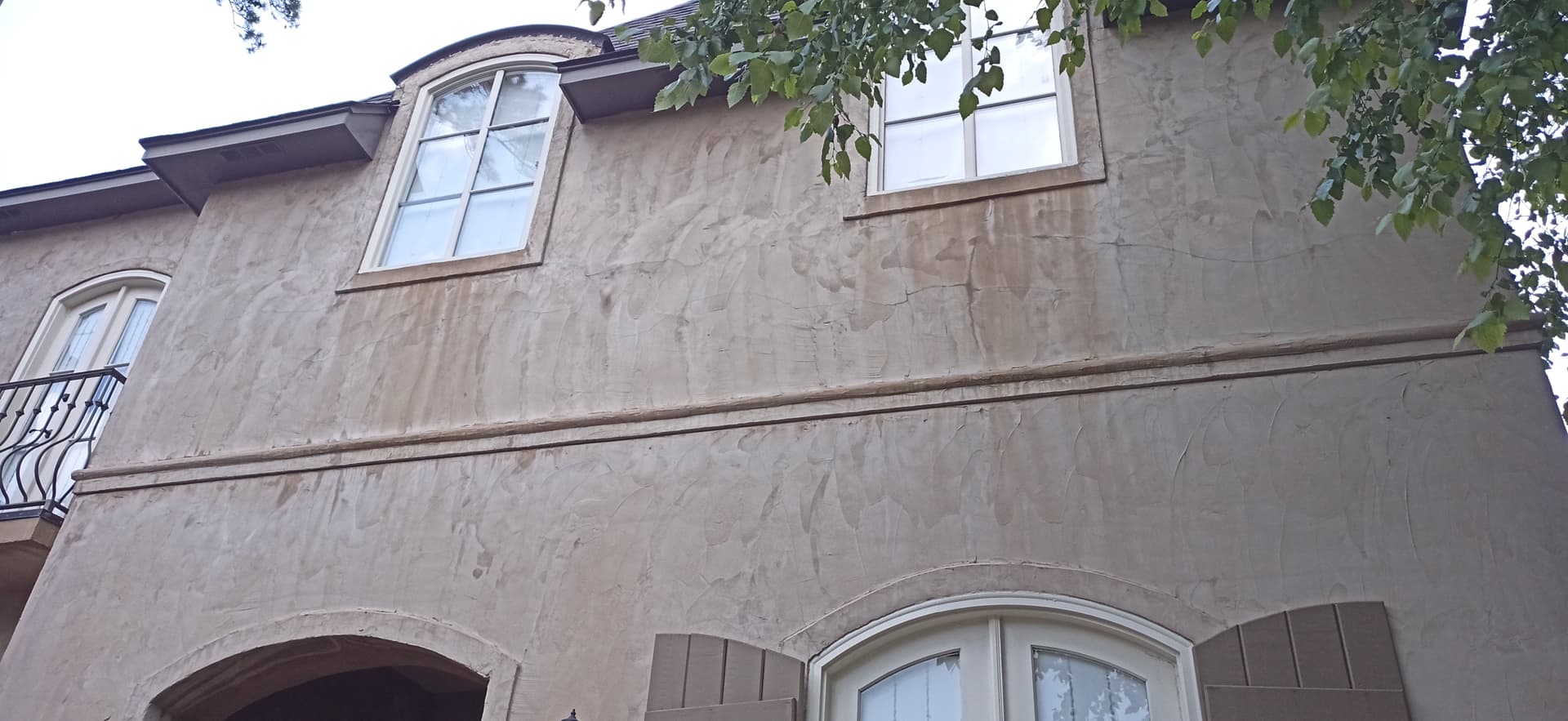
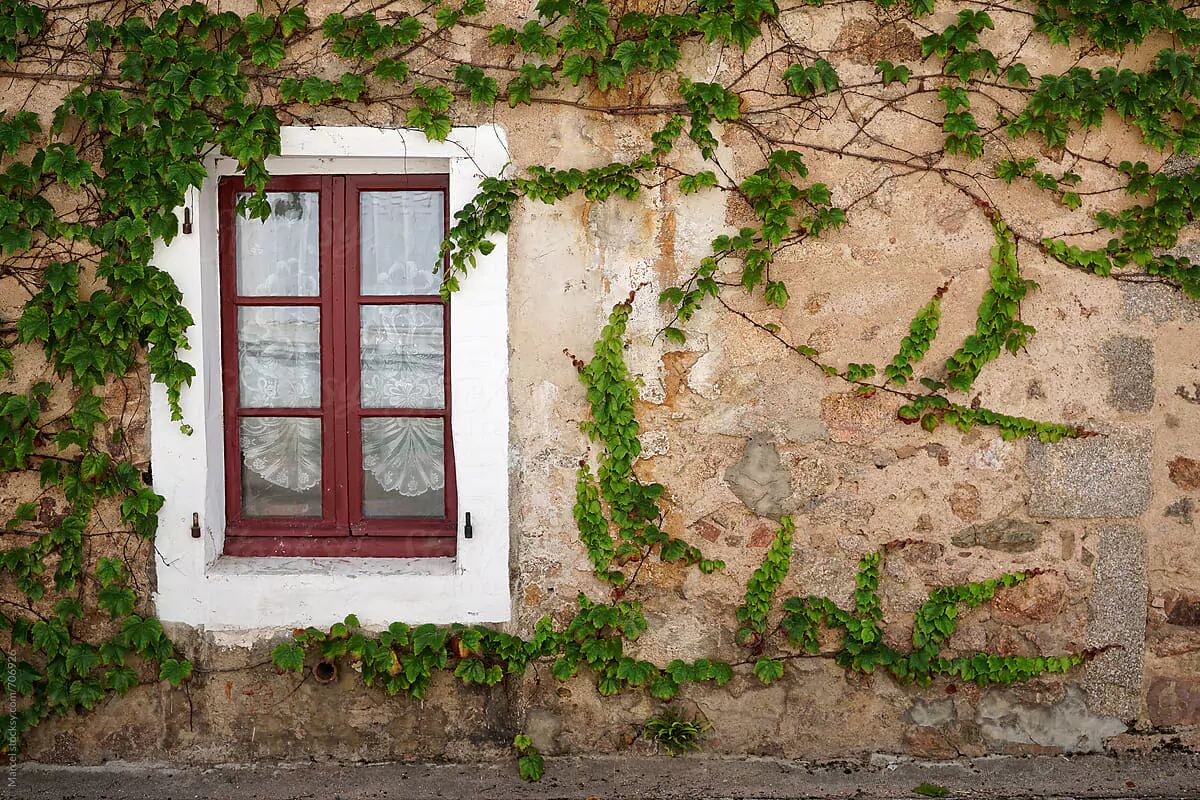

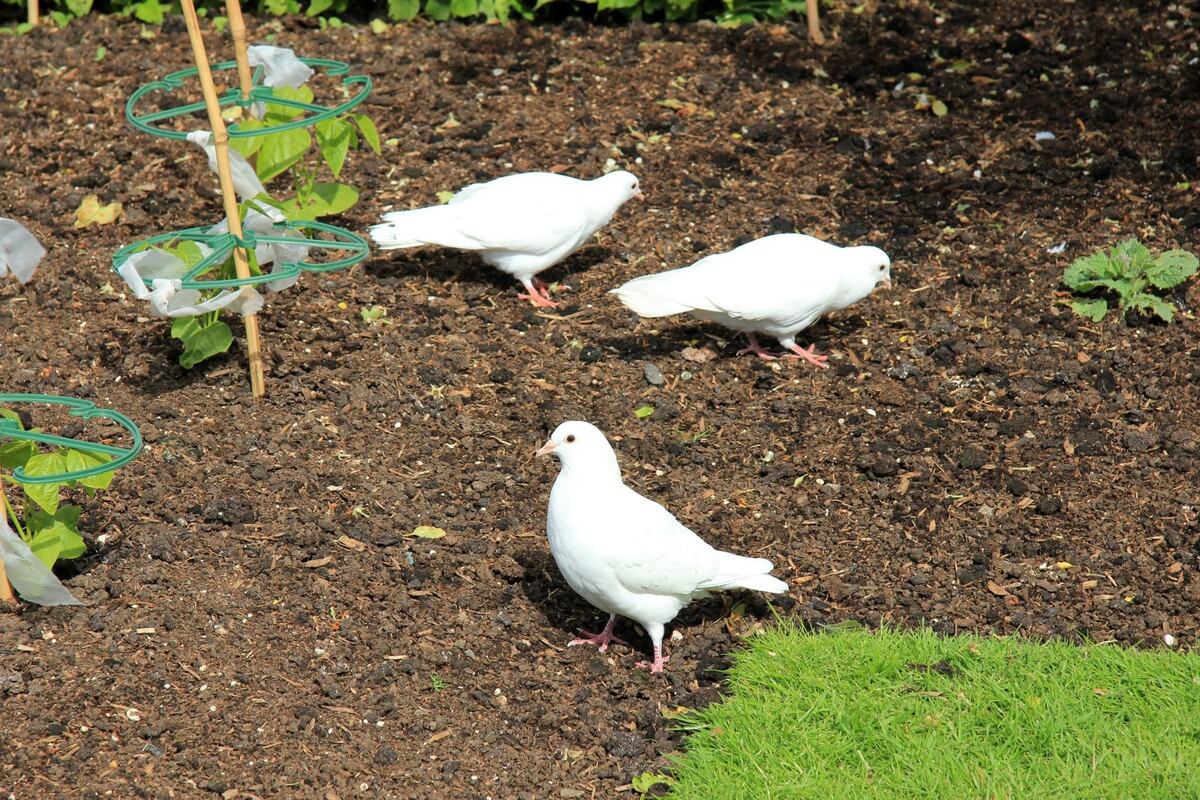
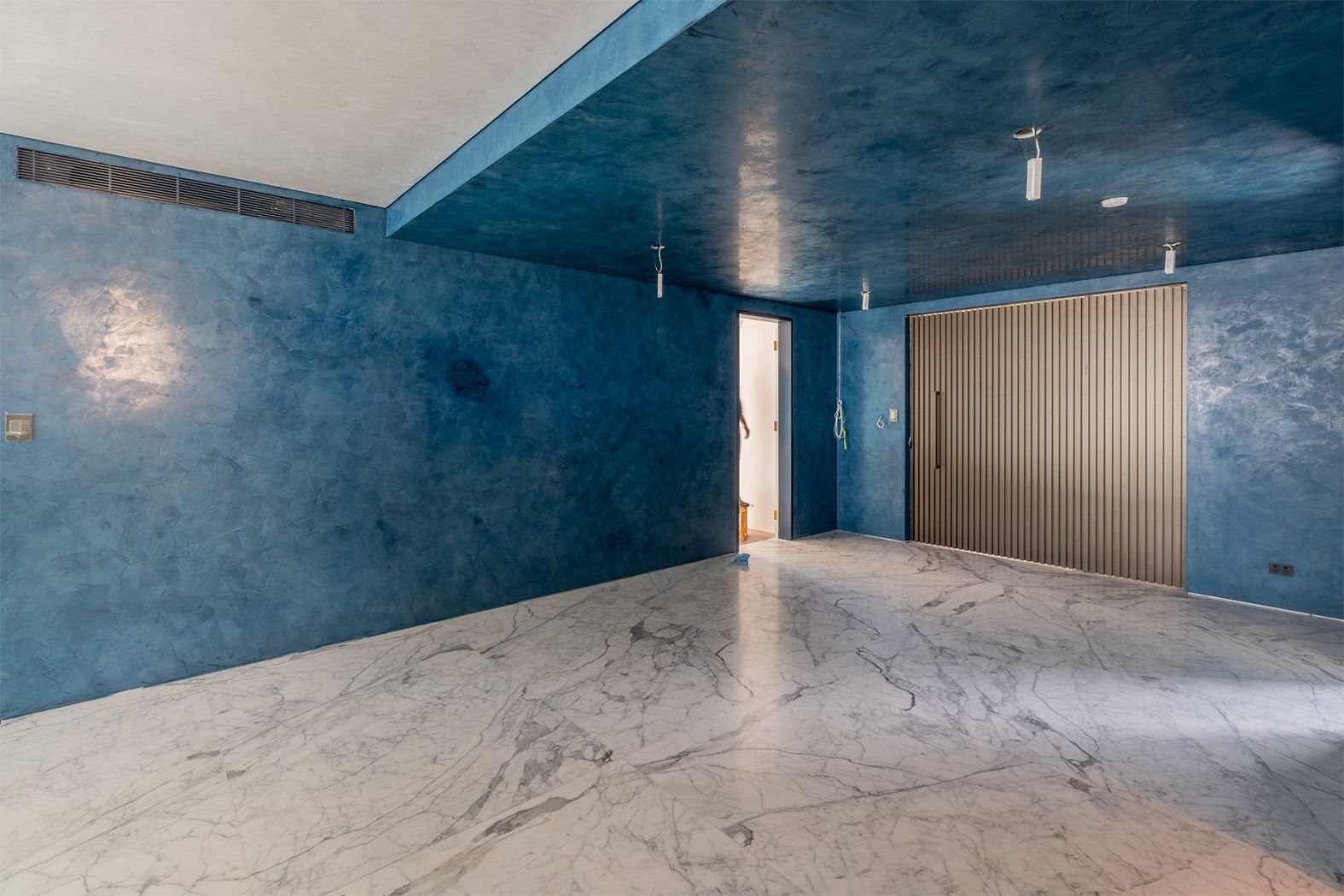
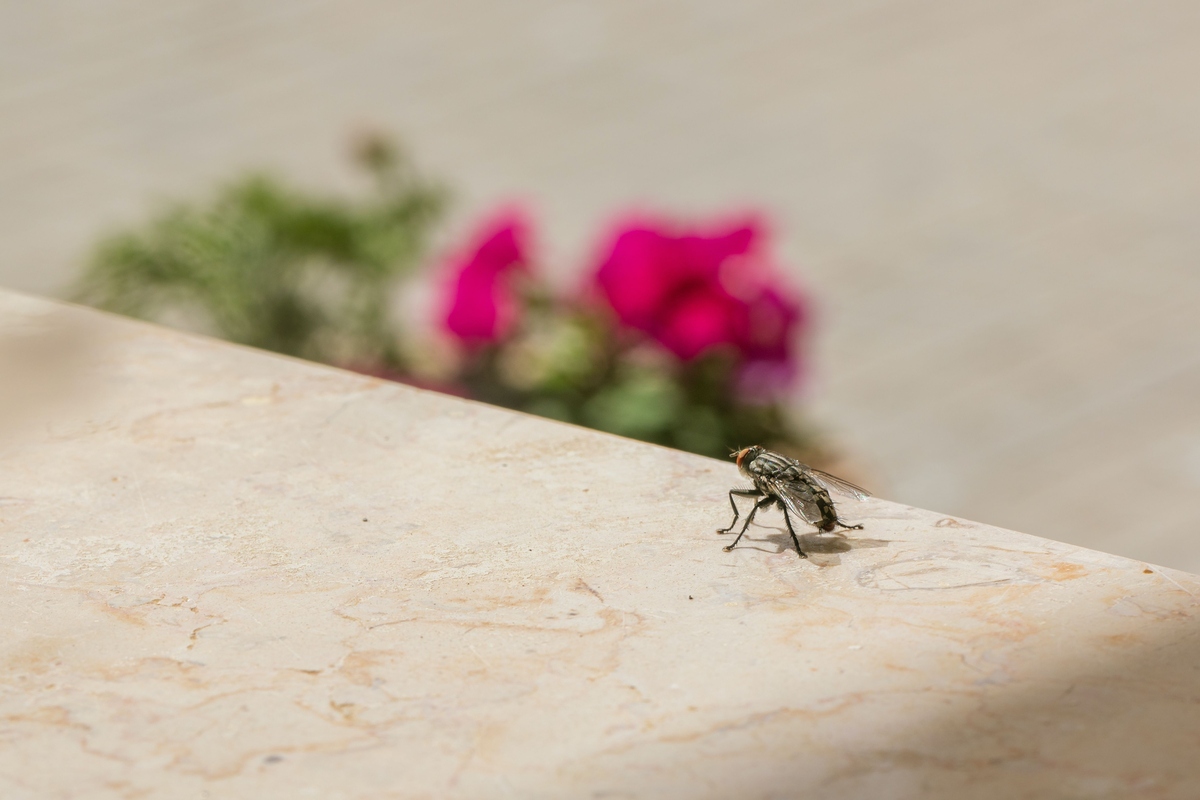
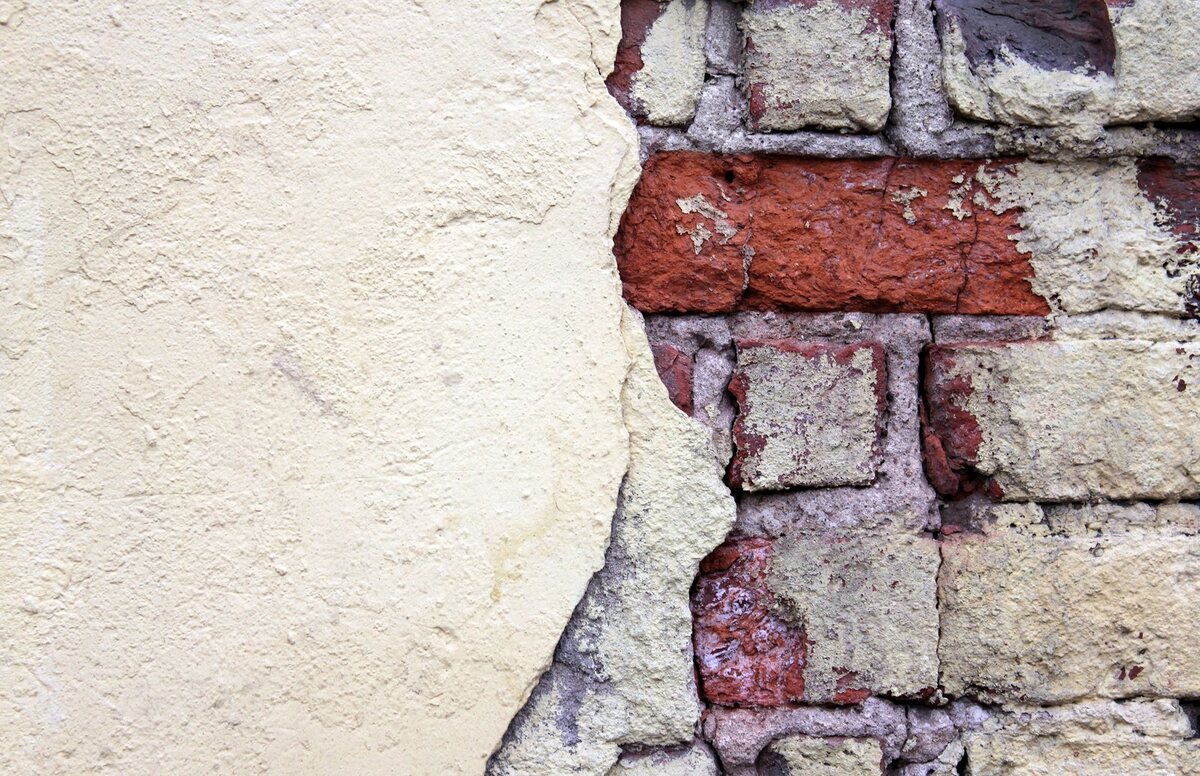
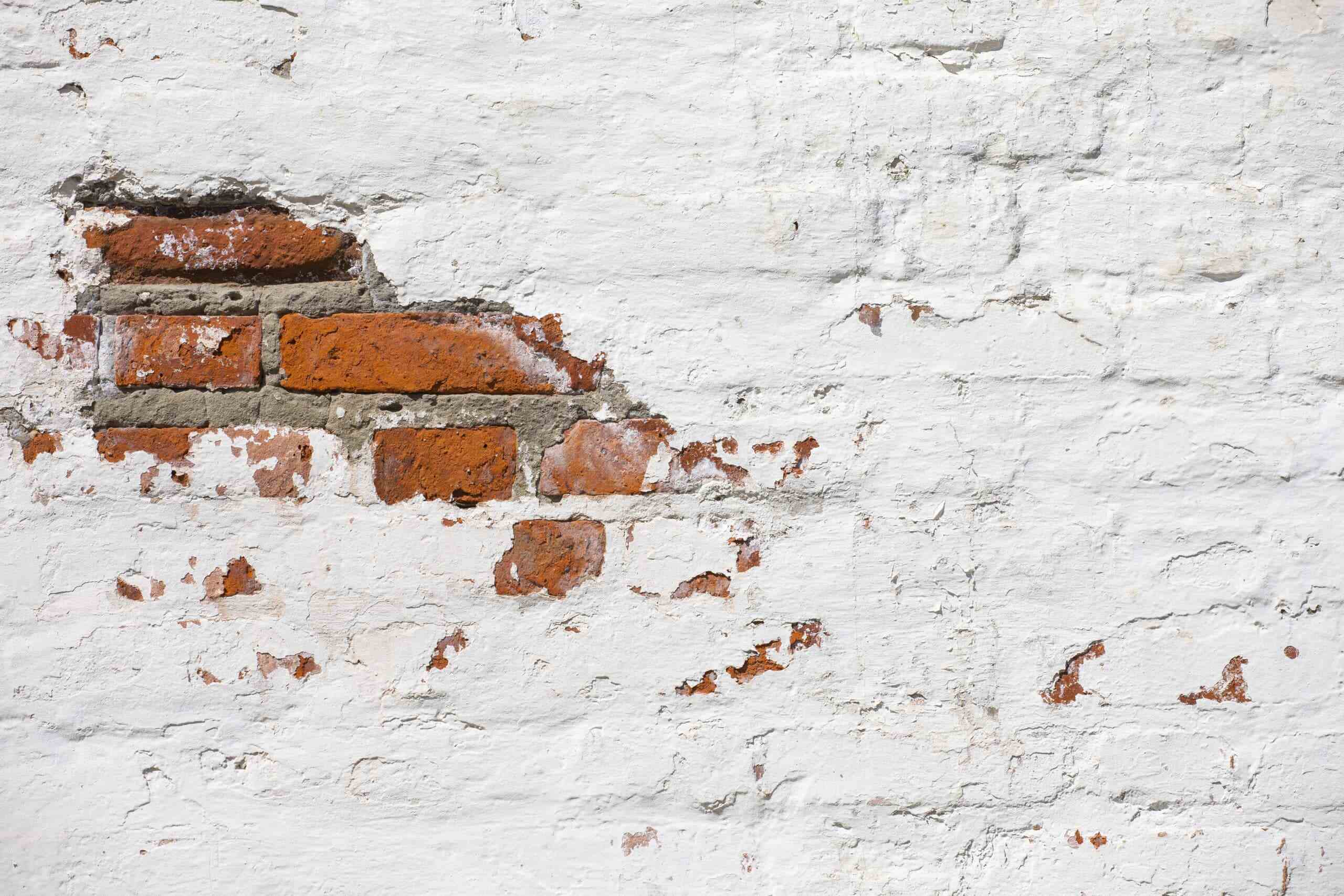


0 thoughts on “How To Deter Woodpeckers From Stucco”